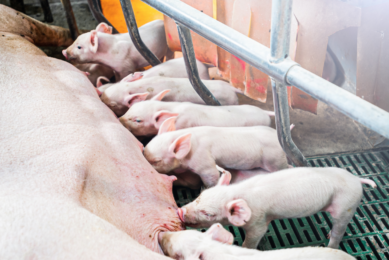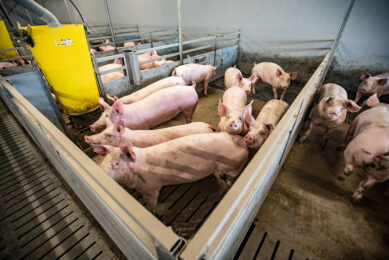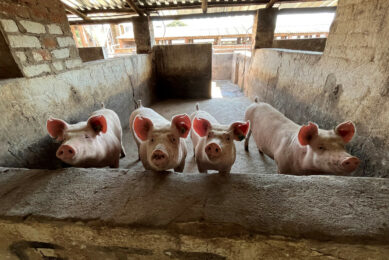Tough decision regarding feed additives
The business of nutritional supplements, or feed additives as they are widely known, remains a lucarative market for both their manufacturers and distributors. As a result most marketing and research efforts today are focused so heavily on additives that worldwide information transfer and scientific progress lag behind.
The business of nutritional supplements, or feed additives as they are widely known, remains a lucrative market for both their manufacturers and distributors because this is a low-volume, high-margin business.
As a result, most marketing and research efforts today are focused so heavily on additives that worldwide information transfer and scientific progress lag considerably behind.
With such a plethora of products and marketing material, pig producers are faced with a tough decision regarding which products to incorporate into their nutrition program. The answer is not so easy. When such additives are required to solve a crisis, for example a specific mycotoxin contamination in a batch of cereals, then the most efficacious product must be selected.
Under such conditions, price of product is secondary to its performance as results are quite obvious to the end user. However, most additives today are marketed with claims of improving animal performance – that is, growth rate and feed efficiency; something that is not always easy to validate. Such products should be selected based on the principle of return-on-investment, and never without first conducting several on-farm trials.
In my experience, products with documented claims of enhancing performance around 10% are usually worth considering. Otherwise, biological “noise” in most experimental designs is often too high to be able to validate lower claims on performance.
In addition, there are several principles that must be met before an additive is incorporated in a nutrition program. These include (1) biological relevance – that is, claims must make sense from a biological point of view, (2) well documented research that proves the concept – which must include controls and sufficient replications, and (3) ample evidence of practical application – that is, a product must work under diverse farm conditions.
In my experience, only a handful of additives meet these criteria today. Even so, the majority of available products offer such a small return on investment that their use is questionable at best. Without doubt, pig producers and their on-farm consultants rarely have the time to investigate all additives presented to them in an almost daily basis (hence, the heavy marketing in this segment of the business). In my (biased) opinion, this is an area where the feed and premix industries can offer a tremendous service to their clients. With their in-house technical personnel and research facilities, most major nutrition companies can easily screen and test the vast array of additives that exists today in the market offering only those that can markedly increase profitability under their client’s farm-specific conditions.
In closing, when dealing with additives, it is imperative to keep in mind that not everything that shines is made of gold!











